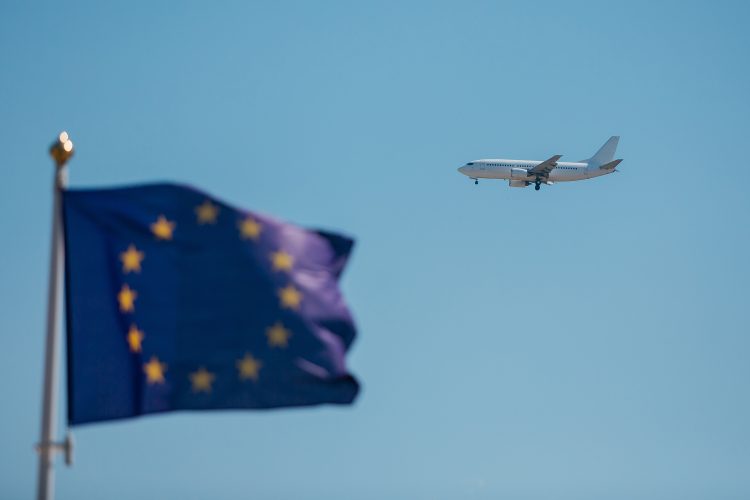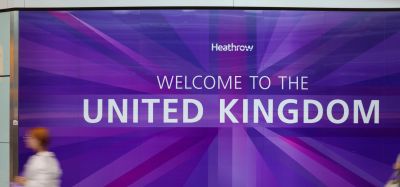EU passenger air traffic to double by 2050, risking climate goals, warns Transport & Environment report
Posted: 15 January 2025 | Gabriel Higgins | No comments yet
Transport & Environment warns that EU passenger air traffic will double by 2050, increasing emissions and undermining Europe’s climate goals unless urgent action is taken.


New research by Transport & Environment (T&E), Europe’s leading advocates for clean transport and energy, has revealed that by 2050 passenger air traffic from EU airports will more than double compared to 2019.
Jo Dardenne, aviation director at T&E: “The numbers leave you speechless. The aviation industry’s plans for growth are completely irreconcilable with Europe’s climate goals and the scale of the climate crisis.
“In a year, the sector will have exceeded its carbon allowance. A paradigm shift and real climate leadership are needed now to address the problem, or Europe’s planes will be eating up everyone else’s resources. The credibility of the sector is on the line.”
What does the research show?
The research shows (if projections by aircraft manufacturers Airbus and Boeing materialise) that aeroplanes will exert 59% more fuel in 2050 than in 2019. This includes fossil kerosene, biofuels, and synthetic fuels (or e-kerosene).
Concretely, in 2050, planes taking off from EU airports will still burn 21.1 Mt of fossil kerosene, a yearly extraction of 1.9 billion barrels of crude oil, based on EU refineries’ average yield of 9% in 2022.
Increasingly, planes will use alternatives to fossil kerosene called Sustainable Aviation Fuels (SAFs). Due to exponential growth, in 2049, the sector could be burning as much fossil kerosene as it did in 2023, even when using 42% of SAF, as required by the EU’s law on green fuels.
The European Commission has set out a plan to reduce its emissions by 90% by 2040 compared to 1990. All sectors, including aviation, will need to address their climate impact. Based on the European Commission’s impact assessment, T&E finds an average yearly growth of 1.4% between 2023 and 2050 – 60% lower than the Airbus and Boeing growth projections. Even this lower growth projection will result in a 46% emissions increase by 2040 compared to 1990, nowhere close enough to achieve net zero. Aviation will get a free pass whilst other sectors have to decarbonise, T&E warns.
Enjoy International Airport Review’s content?
Sign up to our weekly newsletter to ensure you stay in the know about the latest airport news and thought leadership articles and interviews.
Related topics
Airlines, Airport development, Cleaner, Greener Airports: Making Aviation More Sustainable Series, Emissions, Regulation and Legislation, Sustainability, Sustainable Aviation Fuel (SAF)

















